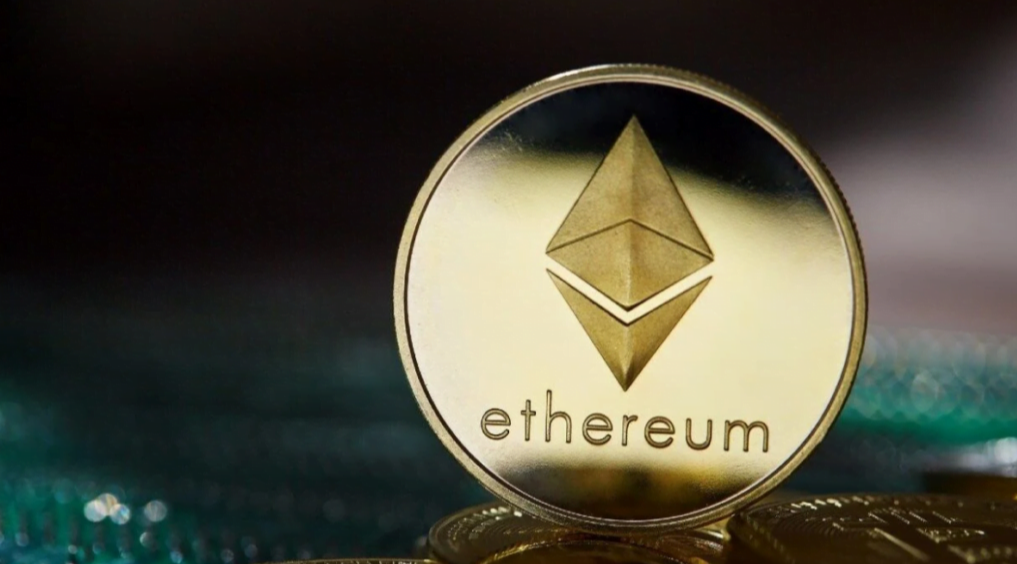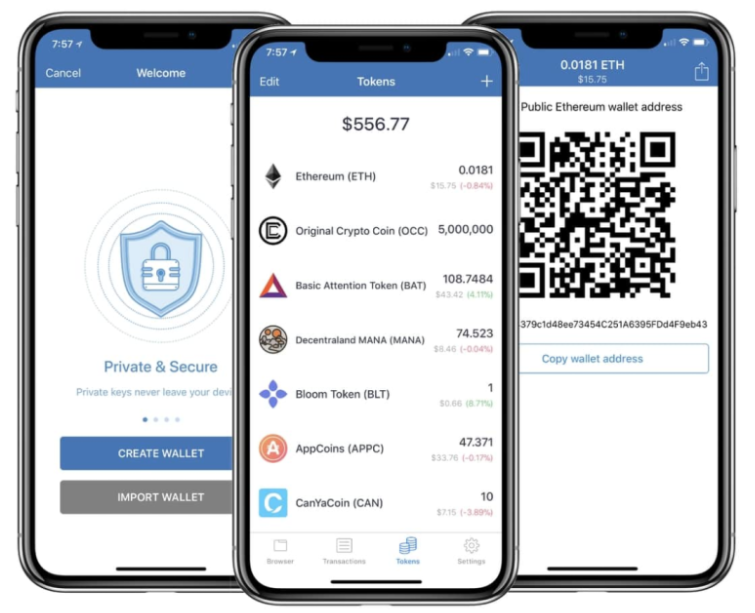What is the Ethereum Merge? recent announcement from Ethereum has triggered speculation about its future. The platform is currently testing the waters with a proof-of-stake merger, which will test the enormous scale of ethereum. ETH makes up about a fifth of the crypto market cap, and the move may make it more palatable for traditional investors. News of the launch sent ETH to more than $2,000 in August, but it has since fallen back to below $1,700.
Beacon Chain
The Ethereum Merge Beacon Chain is the latest innovation in the Ethereum network. It will help the network become more secure by ensuring the integrity of transactions. Its first implementation is scheduled to be live on December 1, 2020, at 12pm UTC. The Beacon Chain will also help the network to shard, which will be the next step in the evolution of Ethereum.
It will also help to make the network more energy efficient. Moreover, it will also set the stage for future upgrades to the scalability of the network. The Merge is expected to be complete in mid-September 2022, and it will merge the two blockchains. In addition, the Merge will introduce sharding, which means that the database would be split horizontally. This will work together with layer 2 rollups, which will distribute the data burden across the Ethereum network.
Before the Merge, the Beacon Chain operated as a separate blockchain from the Mainnet. This allowed the network to establish consensus on its state, account balances, and other real world data. As a result, it became the consensus engine of the entire network. It also made the main network more secure as it removed the need for proof-of-work mining.
As the blockchain network grew, the Ethereum network’s mainnet was designed to be secure. This means that the network will be able to handle more transactions in the same time. However, the new blockchain also requires validators. Instead of mining on proof-of-work, blocks will be proposed by validating nodes, which stake ETH for the right to participate in the consensus process. With this new technology, the network will be able to scale in the future and support sharding and scalability upgrades.
Although the Ethereum Merge Beacon Chain is not the first major update of the Ethereum platform, it represents a major change for the protocol and is expected to affect the industry in the long term. It is a multi-year project designed to upgrade the blockchain from a proof-of-work system to a proof-of-stake system. Once this upgrade is complete, Ethereum will move toward a more efficient and environmentally friendly protocol.
Proof-of-stake protocol
The switch to proof-of-stake for Ethereum has been planned since 2014, but it has been repeatedly delayed. The change is part of an “ether 2.0” upgrade series that aims to reshape the foundations of the blockchain. However, there are some concerns with the Merge.
The Merge transitions Ethereum from proof-of-work to proof-of-stake, which consumes less energy and lowers energy costs. In addition, it moves operations off the current Ethereum Mainnet and onto the new Ethereum Beacon Chain. This makes it easier for users to maintain the blockchain and prevent centralized control.
The Merge will have minimal impact on the speed of transactions on Ethereum. Currently, blocks are issued once every thirteen to fourteen seconds. With the switch to PoS, these blocks will be issued in regular intervals of 12 seconds. While this will increase the speed of the Ethereum network, it will still fall behind other blockchain networks. However, this means that Ethereum is ahead of Bitcoin, which mines new blocks every 10 minutes on average.
After the Merge announcement, the price of ETH went up by 3%. It’s still far from the $2,100 mark, but this is a good sign that the network will be able to sustain itself in the long run. However, the Merge is a sell-the-news event and it’s important to remember that in crypto, sell the news events are common. The current macroeconomic landscape paints a bleak picture for risky assets. With inflation rising, the Federal Reserve is expected to announce an interest rate hike next week.
Buterin claims the Merge will make the Ethereum network more secure. However, some experts believe that it will make it easier for scammers to record and repeat transactions without permission. This could result in a loss of decentralization in the Ethereum network. The Ethereum Merge will take place when the cumulative difficulty of all mined blocks reaches a particular number – the so-called total terminal difficulty (TTD) – and the TTD is expected to be reached on Sept. 14 or 15 if all goes according to plan.
In addition to the main Ethereum network, the Merge will affect a variety of tools and services on the Ethereum blockchain. It will also impact the wider Web3 industry. Despite the risks associated with merging the two blockchains, this change is a step in the right direction.
Beacon Chain’s impact on Ethereum’s application layer
In the months since its launch, Beacon Chain has been a huge success. It has finished 100% of epochs with zero downtime. Its main goal is to make the entire Ethereum network decentralized and secure. This is possible because of its PoS technology.
Beacon Chain will eventually merge with the Ethereum mainnet and be the consensus layer for the network. This will help increase security and scale, as well as decrease the environmental impact of the Ethereum network. Beacon Chain is one of the biggest upgrades in Ethereum’s history.
This new layer will eliminate the need for miners and will instead use staking to verify transactions. This means that every Ethereum transaction will be verified by a committee of 128 randomly selected validators, instead of a single miner. Ethereum will continue to function as usual, but there will be two layers: the consensus layer and the execution layer.
The Merge will also make Ethereum’s network more efficient and will provide the foundation for future upgrades in scalability and energy efficiency. The Merge is expected to take place by mid-September 2022. The Merge will introduce sharding, a system wherein a database is split horizontally. This will work with layer 2 rollups and will share the burden of data across the Ethereum network.
Before Beacon Chain becomes fully functional, however, it won’t be possible to withdraw ETH. In fact, withdrawals won’t even be possible until Phase 1.5 of the protocol. Until then, users will have to wait until Beacon Chain’s launch in December 2020 to take advantage of this new feature.
The emergence of proof-of-stake in the blockchain network is a crucial development for Ethereum, as it ensures security and makes validators more ETH. In addition, the proof-of-stake protocol will enable the network to scale and withstand attacks. This new system will also enable the integration of sharding and other technologies that will improve the way Ethereum works.
After the Beacon Chain is launched, Ethereum will be able to move on to the next phase of development, called Ethereum 2.0. The second phase will involve the integration of Beacon Chain with its testnets. In the meantime, Ethereum will also be building Shard Chains and the Merge, which will be the next big step.
Impact on ETH price
The Ethereum Merge is a significant milestone for the cryptocurrency market. It is unlikely to directly affect Bitcoin but it will help to underpin the future of all crypto assets. This is especially important at a time when the crypto market has seen significant pressure, with many cryptos having fallen in the recent crypto-winter. But before the Merge can have a meaningful impact on the price of ETH, traders need to find a new narrative.
One of the best ways to predict the price of ETH is to look at the options market. Options traders are bullish on the merger, so they are expecting a spike in ETH prices. However, other observers say the price will fall after the news breaks. This is often known as “sell the news” and plays on the psychological impact of an event.
The name Merge is misleading, as it implies that the two coins will merge. However, the actual process is expected to be different. One difference between the two coins is that T-Mobile is a company, while AT&T is a company. The merger will not result in a centralized currency. However, the Merge will likely make the currency more efficient and reduce the processing time, particularly during peak network usage. Because of this, more companies are likely to adopt the platform.
While the announcement of the Merge has not been officially confirmed yet, it is likely that ETH will be a “buy the rumor and sell the news” event. In these cases, speculative markets rise ahead of anticipated news catalysts and then fall once confirmed, which can lead to panic selling. However, this may not be the case in the ETH market as the crypto market has performed better over the past few weeks. In fact, ETH has outperformed bitcoin for the last 30 days. As of the time of this article, ETH is up 17% compared to bitcoin’s 1.7% rise.
After the Merge, staking may become more attractive. Since PoW will be replaced by PoS, users may become more comfortable with staking ETH. Additionally, ETH will be more environmentally-friendly, which may help attract institutional investors.




